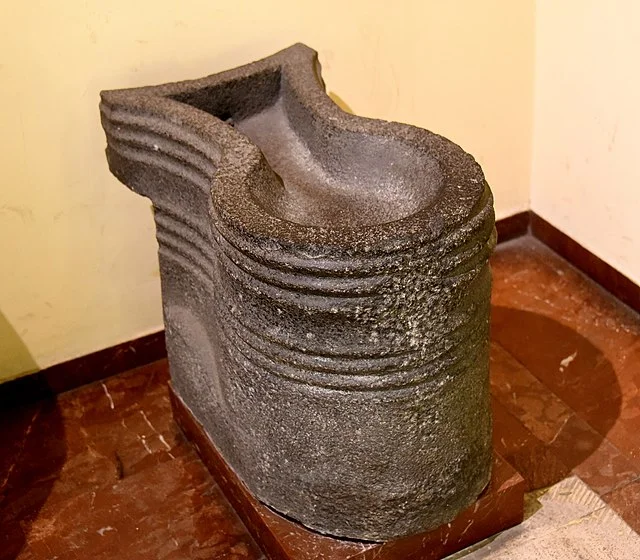Toprakkale Fortress, located in modern-day Turkey, is a significant historical site. This fortress, also known as the “Castle of the Toprak,” dates back to antiquity. It stands on a hilltop near the town of Çanakkale, overlooking the Dardanelles Strait.
Get your dose of History via Email
Historical Background
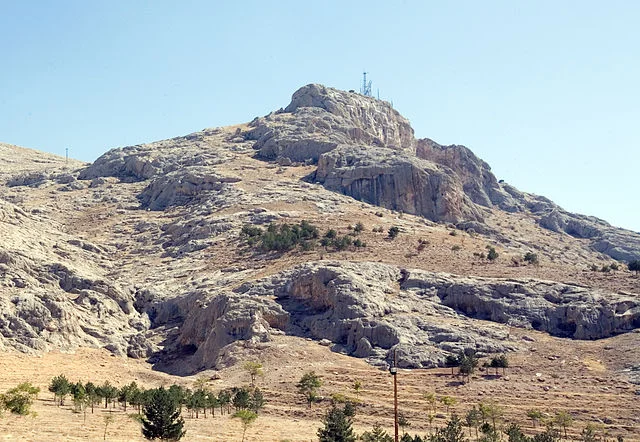
The fortress’s origins trace back to the ancient period, specifically to the 5th century BC. The structure was likely established during the time of the Persian Empire. Toprakkale served as a defensive position, controlling key maritime routes. It was strategically important for trade and military movements across the region.
In the 4th century BC, Alexander the Great passed through this area. His campaigns in Anatolia increased the importance of Toprakkale as a military outpost. After Alexander’s death, the fortress fell under the control of the Diadochi, his successors. They recognized its strategic value and fortified the structure further.
Architectural Features
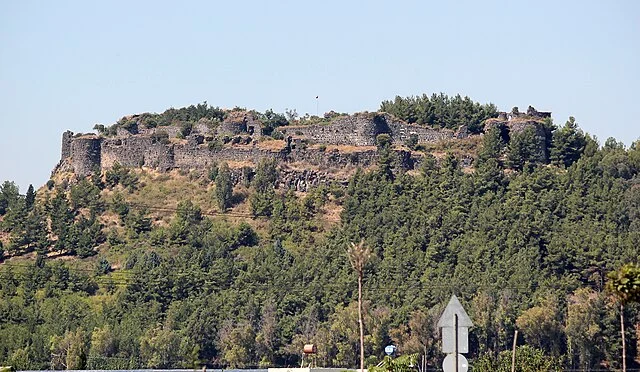
Toprakkale Fortress exhibits a blend of architectural styles from various periods. The fortress walls are robust, made of large stone blocks. The design reflects Hellenistic influences, characterized by thick walls and defensive towers. Archaeological evidence indicates that the fortress underwent multiple renovations over the centuries.
Inside, the layout includes several buildings used for different purposes. Archaeologists have uncovered remnants of storerooms, living quarters, and even religious sites. These features demonstrate the complex social structure of the inhabitants.
Archaeological Significance
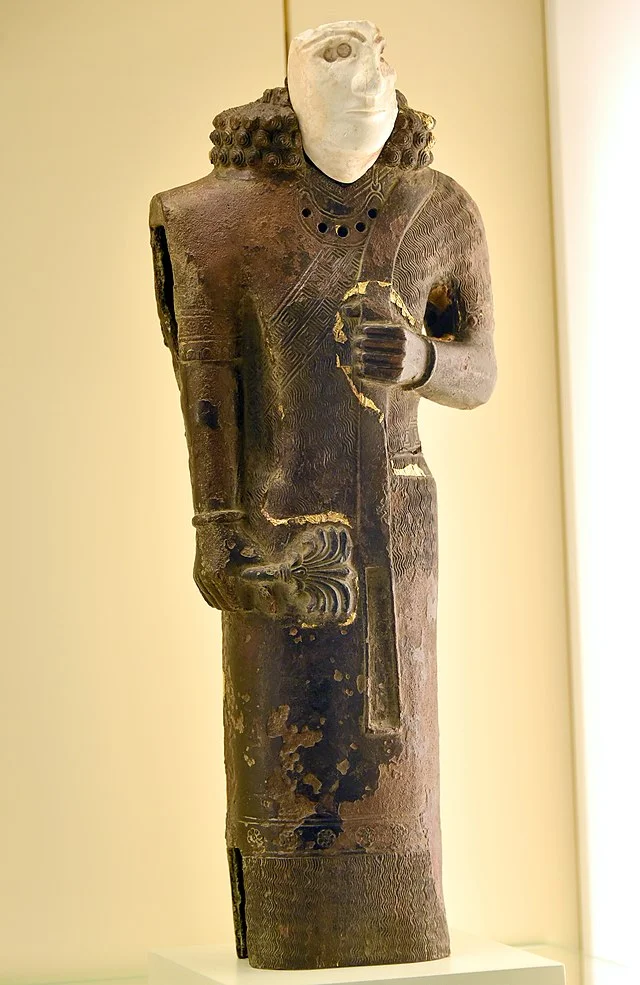
Excavations at Toprakkale have revealed a wealth of artifacts. Researchers have discovered pottery, tools, and inscriptions dating from the 5th century BC to the Byzantine period. These findings provide insight into the daily life of those who lived and worked in the fortress.
The site has attracted scholars due to its rich history. It illustrates the transitions of power and culture in the region. The artifacts also show trade connections with neighboring civilizations, including the Greeks and Romans.
Modern Context
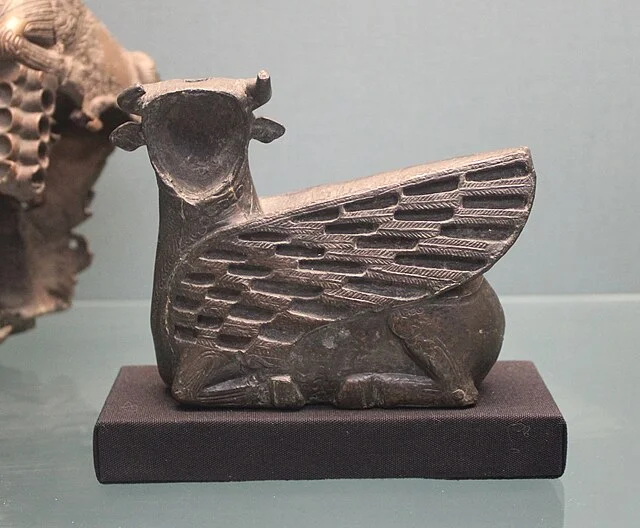
Today, Toprakkale Fortress is a site of interest for historians and tourists. Efforts have been made to preserve the structure and its surroundings. The fortress serves as a reminder of the region’s strategic importance throughout history.
Visiting Toprakkale offers a glimpse into the past. The panoramic views from the fortress highlight its defensive purpose. The site continues to be a focal point for archaeological research and tourism in Turkey.
Conclusion
Toprakkale Fortress stands as a testament to the military and cultural history of the region. Its strategic location, architectural features, and rich archaeological findings make it a significant historical site. As research continues, Toprakkale will likely reveal even more about its past and the people who inhabited it.
Source:

